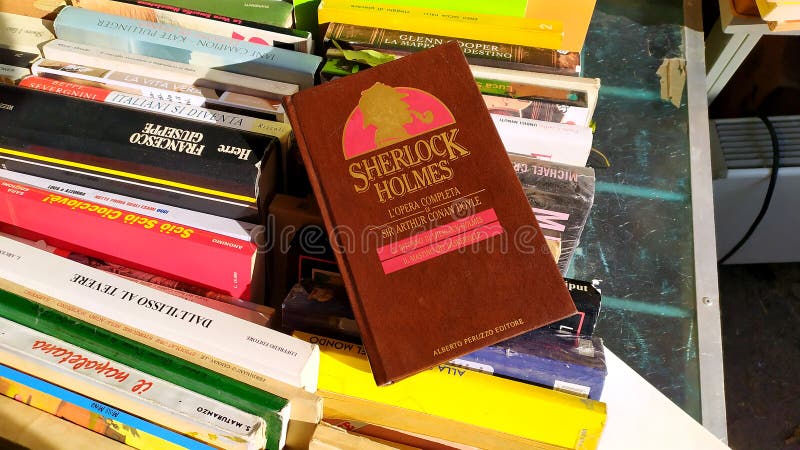

Jean died in London on 27 June 1940.Ĭonan Doyle fathered five children. Due to his sense of loyalty he had maintained a purely platonic relationship with Jean while his first wife was alive. The following year he married Jean Elizabeth Leckie, whom he had first met and fallen in love with in 1897. She suffered from tuberculosis and died on 4 July 1906. In 1885 Conan Doyle married Louisa (or Louise) Hawkins, known as "Touie". He completed his doctorate on the subject of tabes dorsalis in 1885. Following his graduation, he was employed as a ship's doctor on the SS Mayumba during a voyage to the West African coast. His first published story appeared in " Chambers's Edinburgh Journal" before he was 20. While studying, Conan Doyle began writing short stories. This required that he provide periodic medical assistance in the towns of Aston (now a district of Birmingham) and Sheffield. He then went on to Stonyhurst College, leaving in 1875.įrom 1876 to 1881 he studied medicine at the University of Edinburgh. It also names Michael Conan as his godfather.Īt the age of nine Conan Doyle was sent to the Roman Catholic Jesuit preparatory school, Hodder Place, Stonyhurst. His baptism record in the registry of St Mary's Cathedral in Edinburgh gives 'Arthur Ignatius Conan' as his Christian name, and simply 'Doyle' as his surname. They were married in 1855.Īlthough he is now referred to as "Conan Doyle", the origin of this compound surname (if that is how he meant it to be understood) is uncertain. His father, Charles Altamont Doyle, a talented illustrator, was born in England of Irish descent, and his mother, born Mary Foley, was Irish. In 1858, the year before Conan Doyle was born, the "Great Stink," caused by the unfortunate effects of a hot summer on a sluggish, polluted river, clotted with solid waste, drove thousands out of the city.Sir Arthur Conan Doyle was born the third of ten siblings on in Edinburgh, Scotland. Since 1844, the government had struggled with various solutions to the sewage problem. The putrid Thames River, the city's main source of drinking water, despite the network of open sewers that dumped tons of waste into it daily, carried a reeking cloud of contagion to all levels of society as it meandered through the heart of the city. Physically, London could be a place of disturbing contrasts, a cosmopolitan city where the middle class drank tea in comfortable drawing rooms while epidemics of typhoid and cholera ravaged the squalid, overpopulated East End. The contrasts and conundrums of this fascinating time provided Conan Doyle with the raw material and the backdrop for Sherlock Holmes: a man of science, undistracted by the gentler passions, who moved easily through the disquieting urban space, using his wits to solve its moral and practical dilemmas. While the great divide between rich and poor and the economic and human strain of maintaining the colonies exacerbated social problems that were as yet insoluble, Victorian Britons, led by Victoria's husband Albert, put their faith in technology and science.

Business flourished, technology blossomed, and London grew at a great rateÑfrom one million people to six in the space of a centuryÑcreating problems of urban overcrowding familiar to us today: poverty, homelessness, drug abuse, crime. Resources and labor taken from colonies worldwide had made England prosper, and the time of serious independence struggles lay in the distant future. The Sherlock Holmes mystery stories, written over a forty-year span from 1887 to 1927, represented the good, the bad, and the ugly of Victorian society: its ideals, its accomplishments, and its deepest fears.Īrthur Conan Doyle's birth year, 1859, fell 22 years into Queen Victoria's 64-year reign, a time of unparalleled growth and optimism for the British Empire. Rather than dwelling in romance or in an idealized past, as many of Arthur Conan Doyle's other characters did, Holmes was grounded squarely in Victorian London. In 1891, Sherlock Holmes was a character very much of his time and place, who appealed to British readers directly by confronting the messy, changeable world they lived in.


 0 kommentar(er)
0 kommentar(er)
